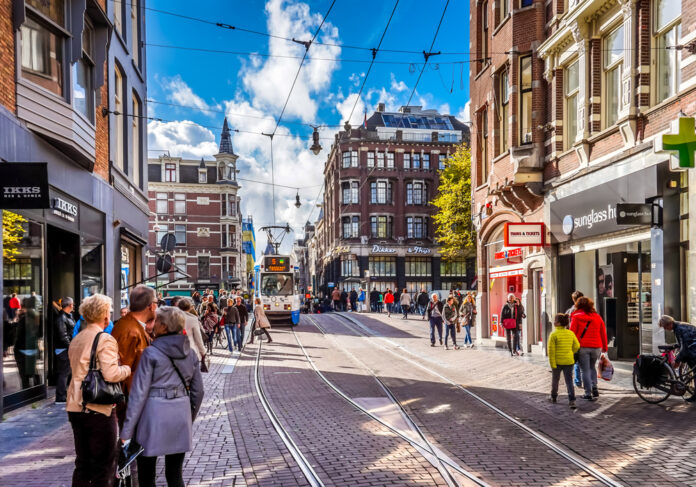Many of us look back at 2020 and want to simply erase the whole year from our calendars. However, some good things did happen during that dreaded year of lockdown. (Yes, we said it!).
Namely, then the purchasing power in the Netherlands grew by 2,2% on average in 2020! This is shown in a new analysis of the incomes of Dutch households and individuals by Statistics Netherlands (CBS).
A growth of 2,2% is the biggest increase since 2016. 🤑
Why is that good news?
Even if you aren’t huge into economics (fair enough!), you probably care about purchasing power because, essentially, growth in purchasing power means you can buy more stuff for the money you have — leuk!
Moreover, those who experienced the largest growth in purchasing power in 2020 were employees meaning — likely — you! On average, employees’ purchasing power grew by 4,3%.
Increase in real wage development
An individual’s purchasing power is affected by both external factors and personal circumstances.
External factors include developments in collectively negotiated wages, inflation, and government policy. In 2020, the extraordinary growth in purchasing power was mainly driven by a 1,6% increase in real wage development.
Now, you might think “that’s odd, how did wages increase in 2020 when everything shut down?” Although the coronavirus crisis came to the Netherlands in 2020, many collective labour agreements were made before the crisis began — and were valid for the whole year. So, even though the economy took a beating, the collective labour agreement wage increase still amounted to 2,9%.
However, inflation of 1,3% somewhat offset this increase. 😅
Government policy
The other external factor that contributed to the positive development of purchasing power was Dutch government policy. In fact, CBS estimates that this contributed almost 1% to the overall increase.
Amongst others, the increases in general tax credit and the introduction of a two-disk income tax system contributed to the positive impact of the government’s fiscal policy.
The effect of personal circumstances were…not so great
We all had a rough year in 2020 so perhaps it comes as no surprise that changes to peoples’ personal circumstances were the one thing that depressed purchasing power. 😔
Purchasing power is namely affected by things such as unemployment or a temporary drop in business activity. With plenty of that happening in 2020, personal circumstances lowered purchasing power by -0,3%.
Luckily, businesses are now open again!
What do you think will happen to purchasing power in 2021? Tell us in the comments below!
Feature Image: ha************@***il.com/Depositphotos



